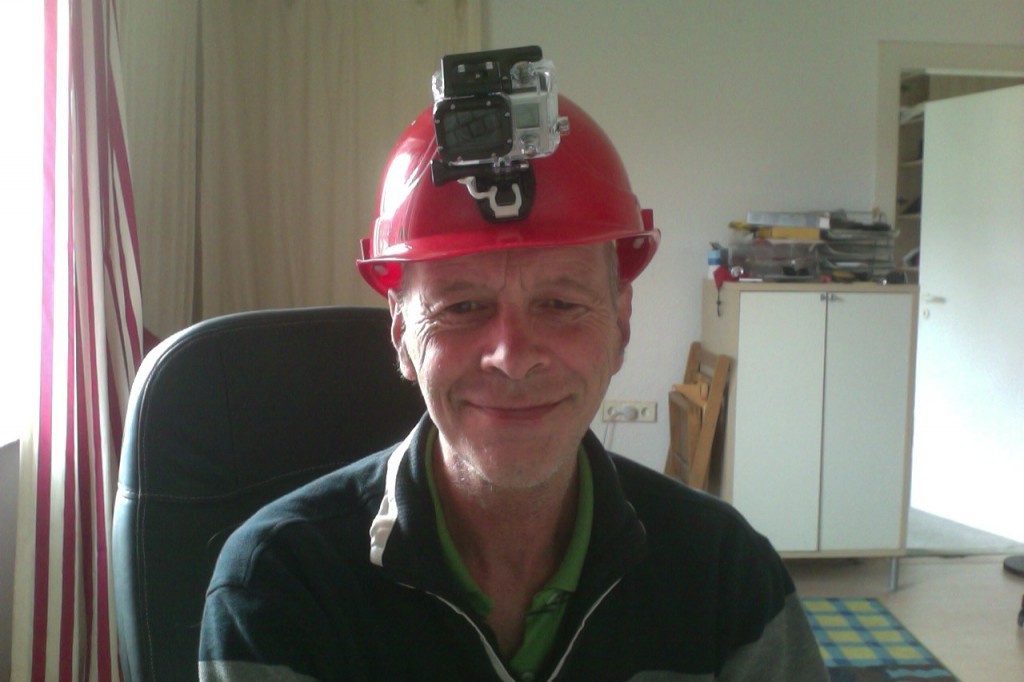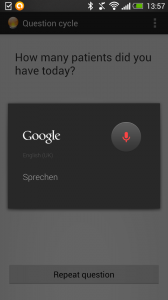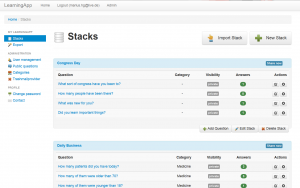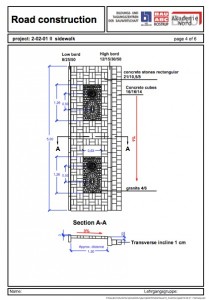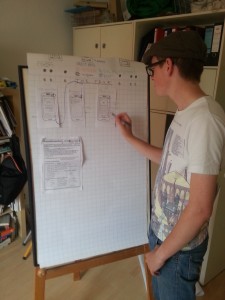More on mobile work based learning
I have just read an interesting blog post on mobile learning (via the useful ADL mobile learning email list). Donald H Clark says:
Training Magazine’s annual survey of US L&D professionals shows that just 1.5% of training was delivered via mobile devices. That’s right, after about 7 years of hype and discussion we’ve reached 1.5%. That’s not leaping. That’s trench warfare.
And yet of course we use smart devices for learning all the time.
Every time we Google something, check a map for our location, quiz friends and colleagues for the answer to a question we are operating exactly in the sweet spot of L&D: we are learning something, or using a performance aid.
Of course we don’t call it that.
We call it ‘finding something out’, or ‘doing our job’. The learning is almost invisible because it is embedded in our daily lives; it didn’t require us to go somewhere special, to do anything special. It happened at the best possible time – when we had a need for it, and were attuned to be receptive to new information.
I agree. And in the Learning Layers project we are focusing on the everyday learning that take place with mobile devices. Our focus is on Small and Medium Enterprises. Donald Taylor goes on to say:
Rather than concentrating on writing courses, we should be establishing good practice in our organisations for finding information and experts and for sharing information. Where necessary we should be setting up the systems and then letting people get on with using them. We need to use this opportunity to move from being the gatekeepers of knowledge to the facilitators of conversations and learning.
Once more I agree – to an extent. I think the real potential of mobile learning is to link learning that takes place in different contexts. That mean linking formal learning to informal learning. And to link learning that take place in vocational schools, in training centres and in work. But even greater is the possibility to link what we used to call learning (or training) to developing and using knowledge for work. In the past we have called this work process knowledge. In development term this means we need applications which can ;recognise the different contexts (and purposes) for which the mobile device is being used. Whilst there has been considerable academic research on mobile work based learning, there is only limited accounts of practice.
One barrier is the attitude of employers. A recent survey we undertook on over 500 construction apprentices in Germany found that whilst over 50 per cent said they used their mobiles for finding information related to their work or training, only 20 per cent said their employers allowed them to do so. They said that they used the devices in their breaks and lunch time. And in construction I would argue that mobiles are a working tool anyway. So part of “establishing good practice in our organisations for finding information and experts and for sharing information”, is a task of awareness raising and capacity building with companies for them to realise the potential of mobile technologies for their organisation.

